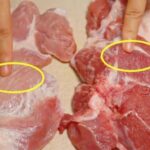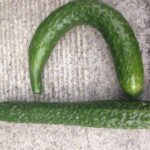Color Indicators
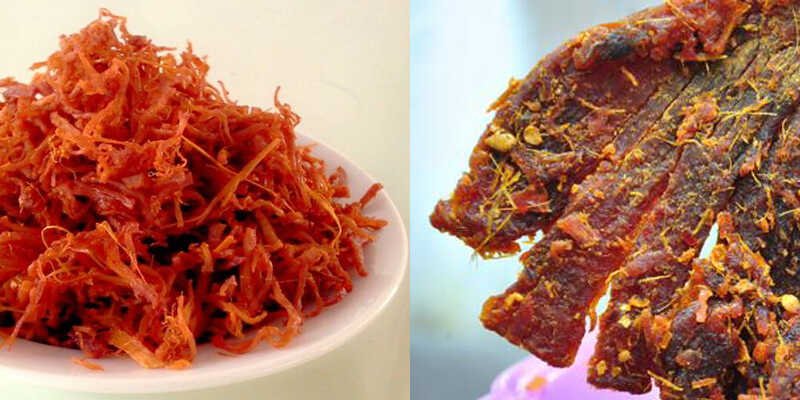
Distinguishing by Color
Authentic beef often has a dark yellow hue, especially after being dried or grilled, creating a more pronounced dark shade. The meat’s color is not fresh and appealing.
On the other hand, fake beef jerky (made from pork, chicken, etc.) usually has a bright yellow color, which is very eye-catching.
Flavor and Texture

Genuine beef jerky has a distinctive bovine flavor, commonly described as “hoi bo.” It is chewy, and when chewed, one can easily discern a moderate and authentic sweetness from the meat. The seasoning is not overly potent, and the taste is predominantly that of meat.
In contrast, imitation beef jerky relies on flavor enhancers to deceive the taste buds. The seasoning is typically strong to mask the flavors of pork or chicken. The meat is often less chewy and may even be crumbly, lacking the characteristic fiber of beef. Instead of the natural sweetness of meat, there is an overwhelming sweetness from sugar and flavor additives.
Meat Fibers and Tenderness
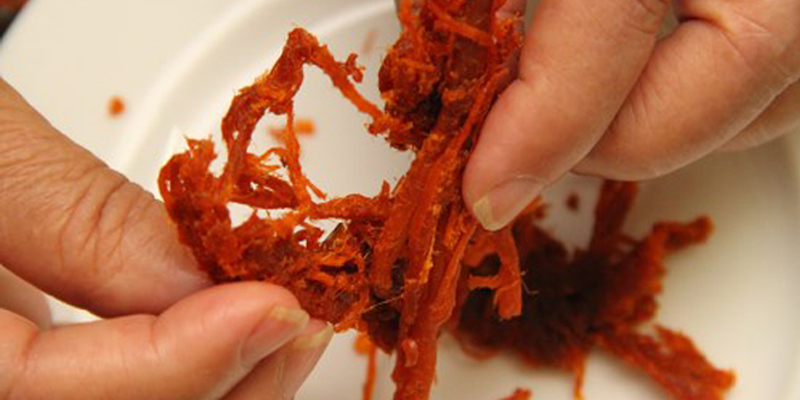
Genuine beef jerky has distinct muscle fibers, is tough to tear, and is chewy. When rubbed, the meat fibers feel firm, and the chemical color does not rub off on your hands.
Fake beef jerky, on the other hand, has indistinct, fluffy, or sticky fibers that may even clump together. It can also have an unpleasant odor. When rubbed, this type of jerky often leaves color residue on your hands.
Shelf Life and Preservation
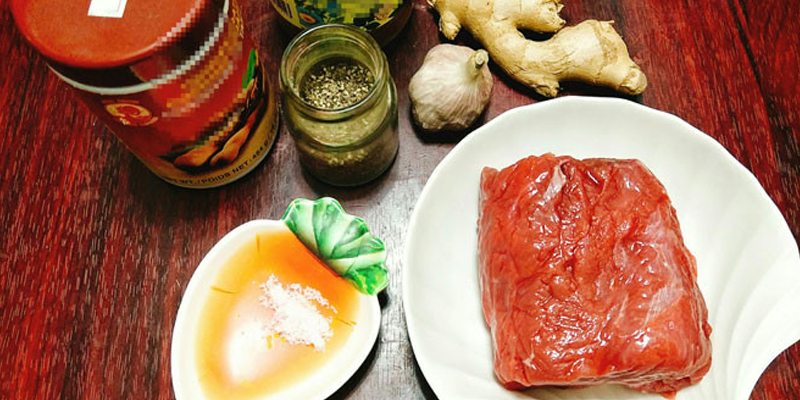
Beef jerky without chemical preservatives has a relatively short shelf life, approximately 15-20 days, and must be refrigerated; otherwise, it will quickly develop an unpleasant odor.
If the beef jerky you purchased can be stored at room temperature for an extended period without any change in quality, it likely contains food preservatives.
It is essential to choose products with clear labels, indicating the origin and ingredients, to ensure that any chemicals used are safe for consumption.
Price

Producing 1 kg of beef jerky requires approximately 3 kg of fresh beef. Therefore, the price of authentic beef jerky tends to be relatively high.
If you come across beef jerky priced between 200,000 and 500,000 VND, it is highly likely to be fake and made from pork. Remember, you cannot expect to buy high-quality food at a bargain price.
As a consumer, it is essential to understand that price and quality go hand in hand when purchasing beef jerky.
Frequently asked questions
Authentic beef often has a dark yellow hue, especially after being dried or grilled, giving it a more pronounced dark shade. On the other hand, fake beef jerky usually has a bright yellow color, which is very eye-catching.
Genuine beef jerky has a distinctive bovine flavor, often described as ‘hoi bo’, and is chewy. The sweetness is moderate and authentic. In contrast, imitation beef jerky has stronger seasoning to hide the flavors of pork or chicken, and may even be crumbly, lacking the characteristic fiber of beef. It also tends to have an overwhelming sweetness from added sugar and flavor additives.
Yes, genuine beef jerky has distinct muscle fibers that are tough to tear and chewy. The meat fibers feel firm when rubbed. Fake beef jerky, on the other hand, has indistinct, fluffy, or sticky fibers that may even clump together.
Beef jerky without chemical preservatives has a short shelf life, around 15-20 days, and must be refrigerated. If your beef jerky can be stored at room temperature for an extended period without any change in quality, it likely contains food preservatives. Always check the labels to ensure any chemicals used are safe for consumption.
Yes, producing authentic beef jerky is costly, as it requires a significant amount of fresh beef. If you come across beef jerky priced very low, it is likely to be fake and made from pork. Remember, high-quality food rarely comes at a bargain price.
You may also like


























